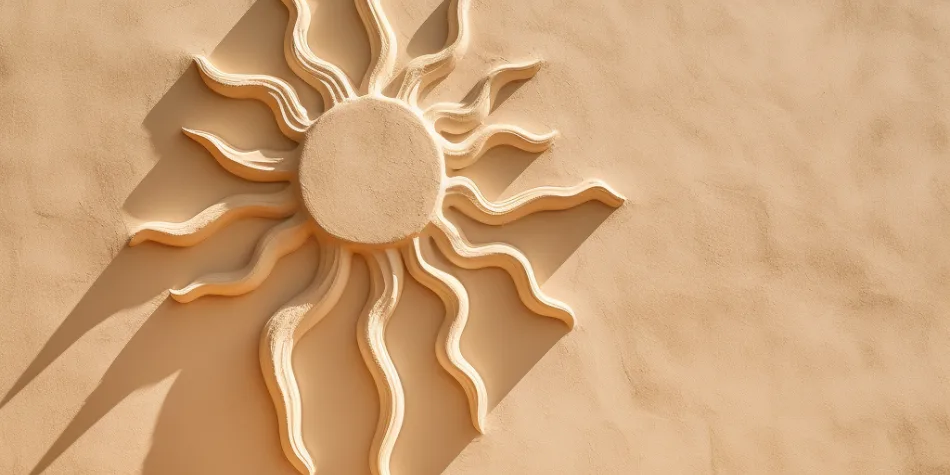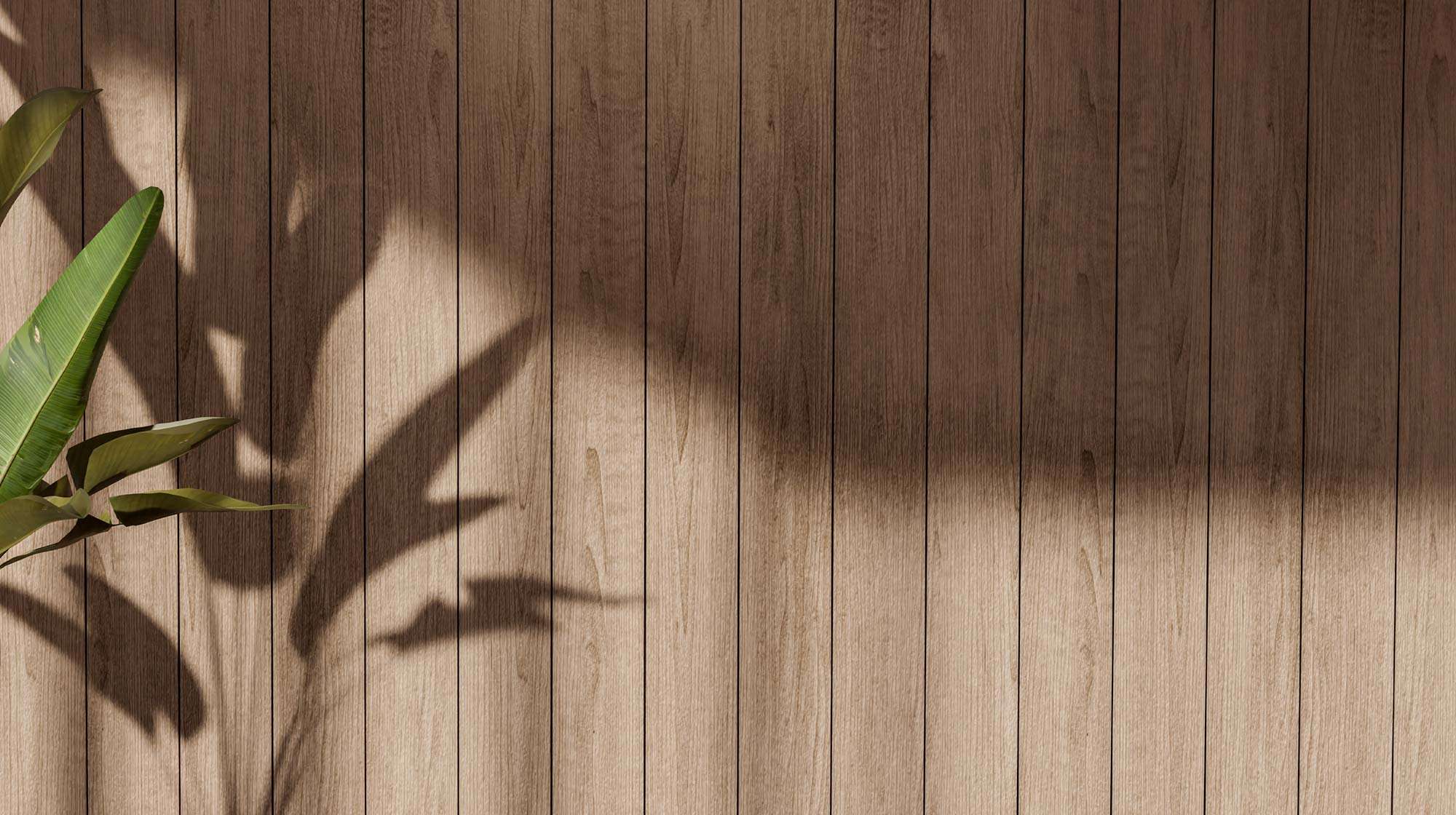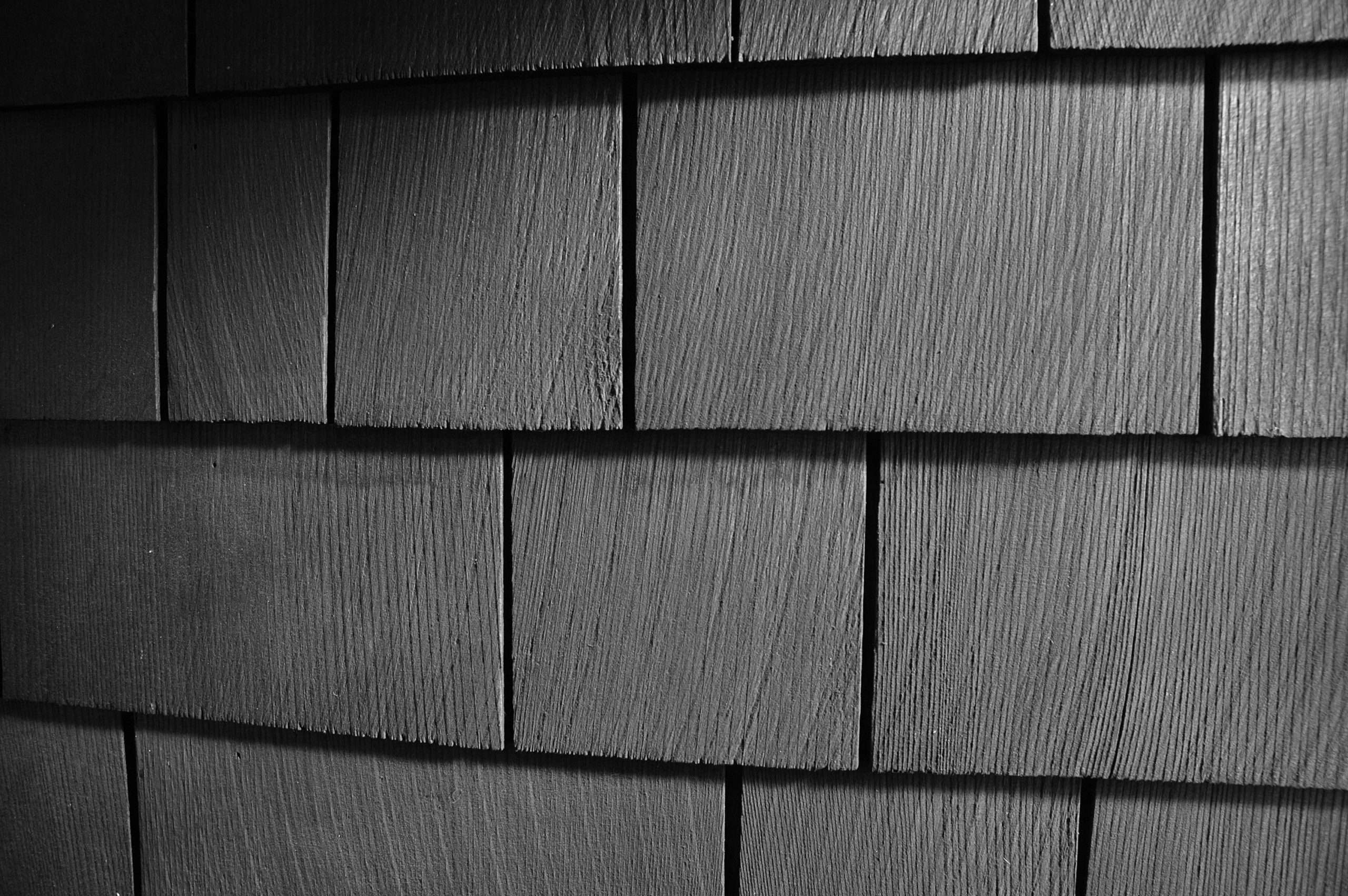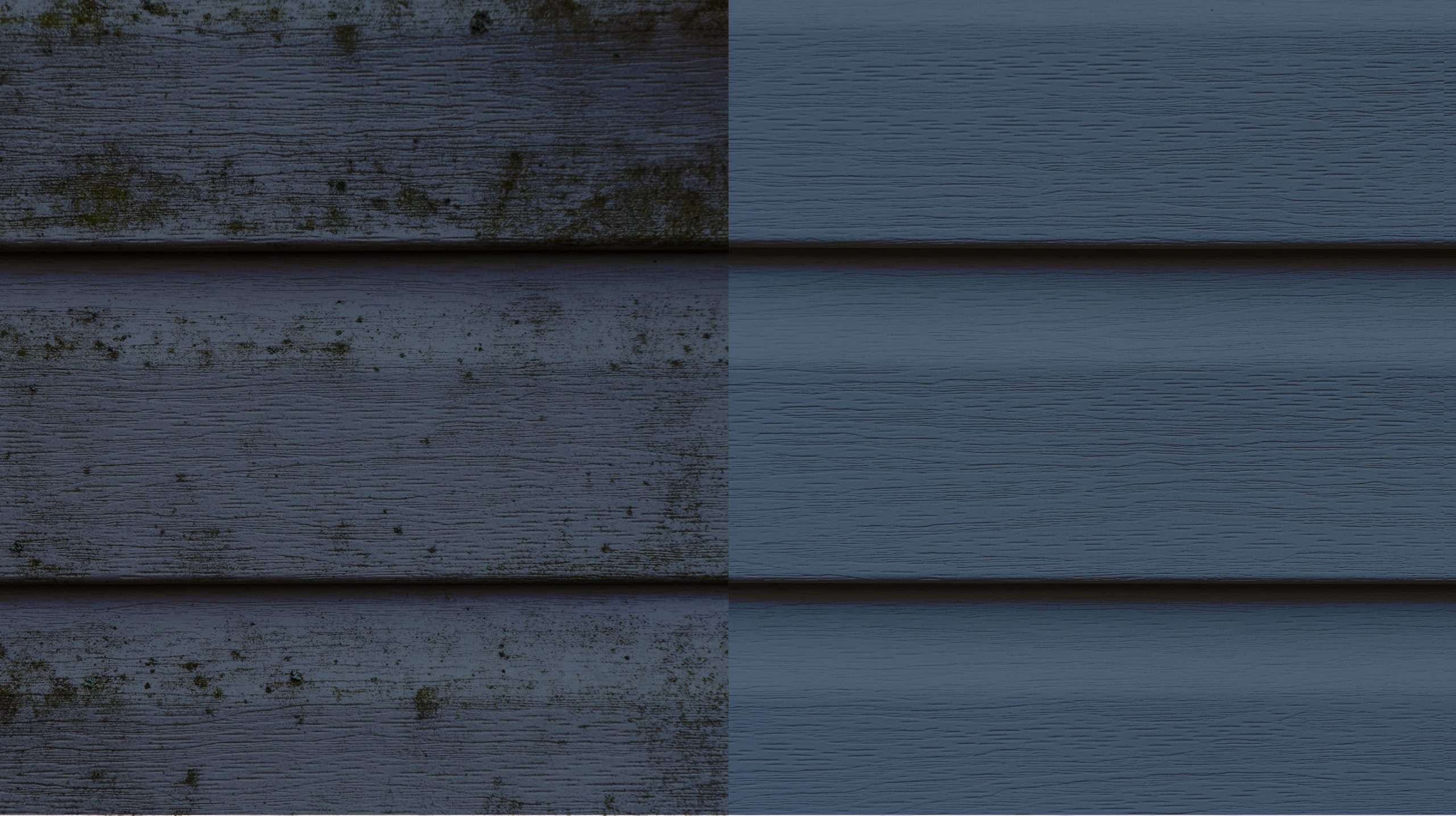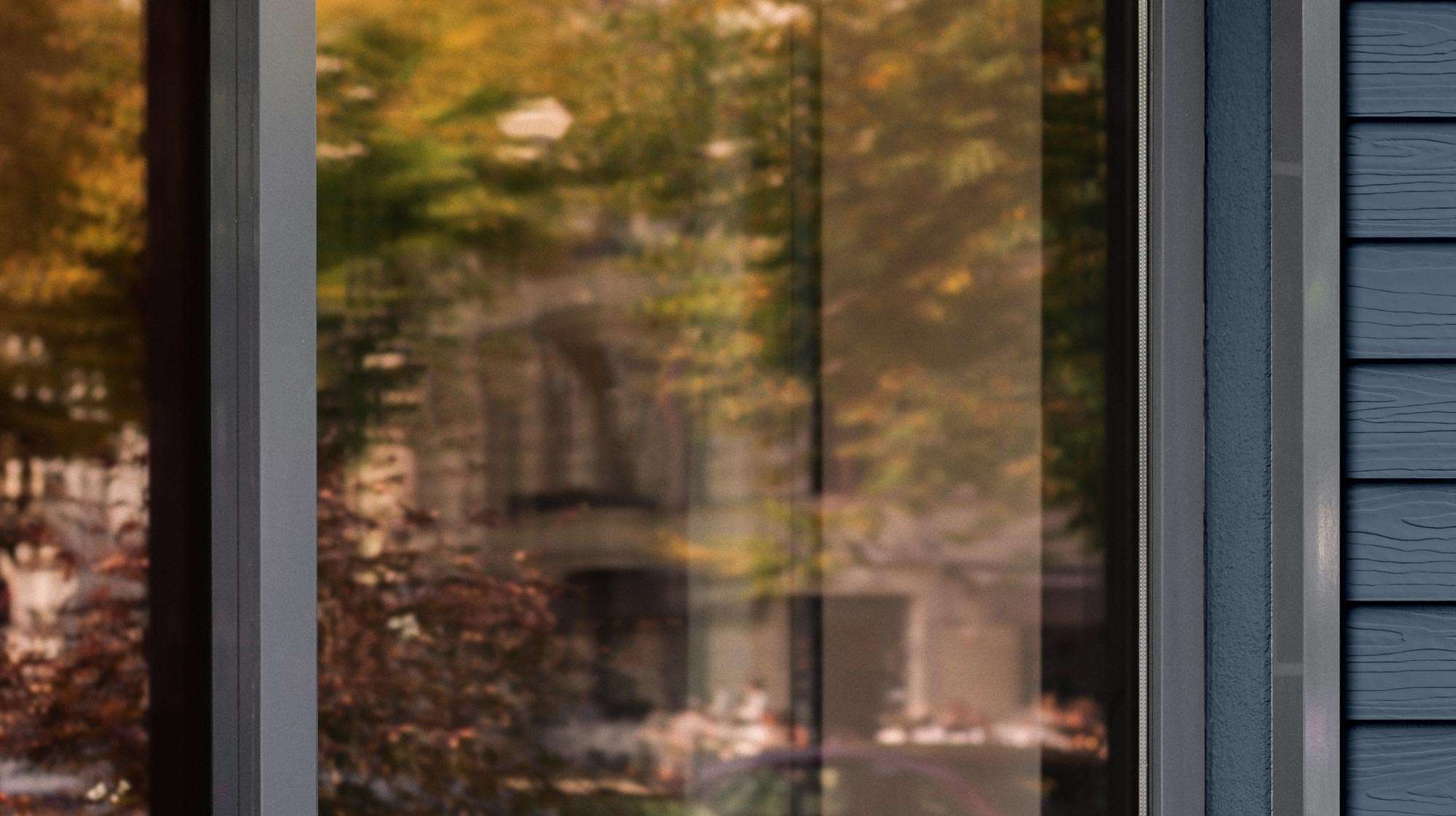Do you remember science class? Did you pay attention during the discussions on thermal conductivity and resistivity? If not, no worries, we have an article that dives into these two properties. This type of science is important to understand when choosing building materials for your home or deck.
Table of Contents
- Understanding Thermal Conductivity and Thermal Resistivity
- Stucco
- Wood
- Engineered Wood
- Engineered Polymers
- Hardie Board (Fiber Cement
- Comparative Analysis
Understanding Thermal Conductivity and Thermal Resistivity
- Thermal Conductivity: This measures a material's ability to conduct heat. High thermal conductivity means heat passes through the material easily, making it a good conductor. It is measured in watts per meter-Kelvin (W/m·K).
- Thermal Resistivity: Conversely, thermal resistivity measures a material's ability to resist heat flow. High thermal resistivity indicates good insulating properties. It's the reciprocal of thermal conductivity and is measured in meter-Kelvin per watt (m·K/W).
Stucco
- Thermal Conductivity: Stucco, a popular exterior finish, generally has moderate thermal conductivity. Its conductivity varies based on composition but is typically around 0.7 W/m·K.
- Thermal Resistivity: As a result, stucco offers moderate thermal resistivity. It can help in insulating buildings but is often used in conjunction with other insulating materials.
Wood
- Thermal Conductivity: Wood is a natural insulator due to its low thermal conductivity, usually in the range of 0.12 to 0.15 W/m·K for most species.
- Thermal Resistivity: The cellular structure of wood, filled with air pockets, gives it high thermal resistivity, making it an excellent insulator.
Engineered Wood
- Thermal Properties: Engineered wood products, like oriented strand board (OSB) or plywood, have similar thermal properties to natural wood. Their thermal conductivity is slightly higher due to the adhesives and manufacturing process but still remains a good insulator.
Engineered Polymers
- Thermal Conductivity: These synthetic materials typically have low thermal conductivity, similar to or lower than natural wood.
- Thermal Resistivity: Engineered polymers are often used in construction for their high thermal resistivity, providing effective insulation.
Hardie Board (Fiber Cement)
- Thermal Conductivity: Hardie board, a type of fiber cement siding, has a thermal conductivity higher than wood but lower than traditional masonry, around 0.5 W/m·K.
- Thermal Resistivity: It offers moderate thermal resistivity and is often used in combination with other insulating materials to improve energy efficiency.
Comparative Analysis
- In terms of thermal conductivity and resistivity, natural and engineered wood products offer superior insulation compared to stucco and Hardie board.
- Engineered polymers stand out for their high thermal resistivity, making them excellent choices for energy-efficient construction.
- Stucco and Hardie board, while not as insulative as wood or engineered polymers, provide a balance of durability and moderate insulation, suitable for various climates when combined with other insulating materials.
